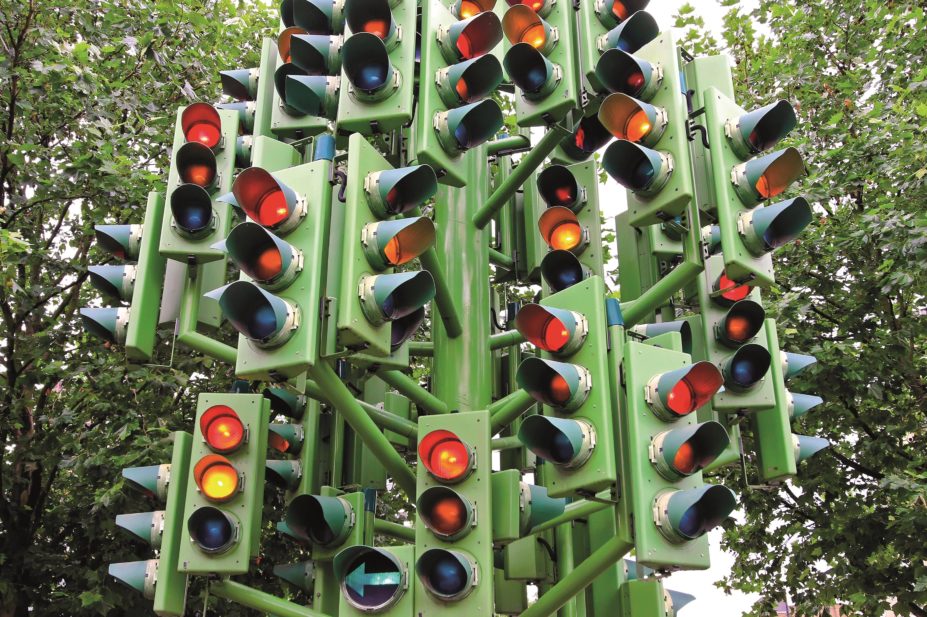
istockphoto.com
The British pharmacy regulator is changing how it ranks pharmacy premises in response to feedback from those inspected under the new regime introduced in November 2013. Although the willingness of the General Pharmaceutical Council (GPhC) to adapt its model is to be commended, the current grading system needs a major overhaul before a final proposal can be put out for consultation.
The GPhC has been trying to reform the way it ensures pharmacy premises are operating safely and effectively since it assumed its regulatory role in 2010. It has visited more than 3,000 premises in Great Britain in the testing phase of the new inspection model, which assesses pharmacies as either poor, satisfactory, good or excellent.
Yet concerns have been raised — including by The Pharmaceutical Journal — about the impact of such a grading system. A 2014 survey by the community pharmacy lobbying group Pharmacy Voice revealed that more than 90% of pharmacies had received a rating of satisfactory from the GPhC. (The GPhC has declined a request for the official figures.) A pharmacy graded as satisfactory could be construed as not being “good”, with potential implications for that pharmacy’s reputation.
In February 2015, the GPhC said its draft ratings system needs to change and pledged to find an alternative to the satisfactory ranking.
Tough love
The principles and standards that underpin the GPhC’s new inspection process are sound. It threw out the pass/fail approach taken in the past — which emphasised legal compliance and standard operating procedures — to now focus on how the pharmacy goes about delivering safe and quality outcomes for patients. If community pharmacy is to expand the scope of clinical services it offers to patients, then it needs its house in order. It is the regulator’s job to shut pharmacies that put the public at risk and tarnish the image of pharmacy.
Any rating system that rates 90% of things the same is crude whatever its label. Many pharmacies regarded as satisfactory will have been asked to produce an action plan to rectify issues identified. Others will be doing just fine. So it would be inappropriate to give the satisfactory rating a simple rebrand; to finesse the picture if, for argument’s sake, half of those within the grade require improvement (to adopt the lingo of the England schools regulator Ofsted).
The GPhC should also consider whether the excellent category — which we understand has only been given to a single pharmacy to date — goes beyond its remit. Producing aspirational standards to support innovation sits within the realm a professional body, the Royal Pharmaceutical Society in this case, and not the regulator.
Pharmacies currently rated as poor should be deemed “non-compliant” and tough sanctions applied. Those with a current satisfactory ranking that have been asked to produce an action plan would “require improvement”. The remainder of satisfactory-rated premises could “meet requirements” and the good ones “exceed requirements”. The excellent rating is simply not appropriate.
Labels are one matter, but the hardest thing for the GPhC to get right will be for its inspectors to make objective, consistent assessments with the engagement of pharmacy teams. It will be the GPhC inspectors who have to implement the final model. Getting a robust system will be worth the effort, for them and the pharmacies they inspect.


